Collection |
Collections
Filters
-
Collection Type
-
-
Collection |
 Spaceflight-Associated Neuro-ocular Syndrome (SANS)
Spaceflight-Associated Neuro-ocular Syndrome (SANS)
Prolonged microgravity exposure during long-duration spaceflight (LDSF) produces interesting, unique, and unusual physiologic and pathologic neuro-ocular findings in astronauts. These microgravity associated findings collectively define the "Spaceflight Associated Neuro-ocular Syndrome" (SANS) and SANS is a disorder with no terrestrial equivalent. The United States’ National Aeronautics and Space Administration's (NASA) Space Medicine Operations Division in conjunction with space agencies and other space medicine researchers and organizations worldwide have conducted retrospective and prospective studies on SANS to better understand and potentially treat the disorder. The clinical manifestations of SANS include: unilateral and bilateral optic disc oedema, globe flattening, choroidal and retinal folds, hyperopic refractive error shifts, and focal areas of ischemic retina (i.e., cotton wool spots). Continued future research on SANS is necessary in preparation for future longer duration crewed space missions to the moon and to Mars.
Image: Image by WikiImages from Pixabay -
Collection |
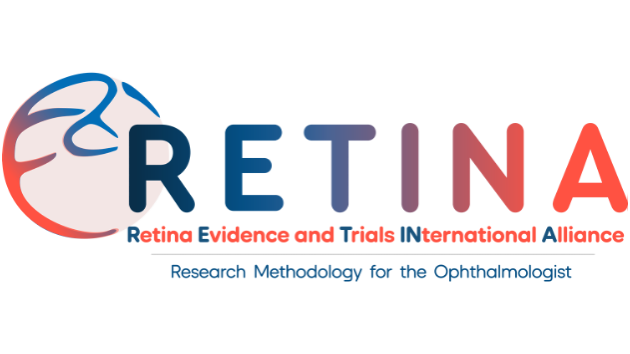 Research Methodology for the Ophthalmologist
Research Methodology for the Ophthalmologist
Evidence-based clinical practice utilizes the published medical literature to continually improve patient care. Clinical evidence consists of a wide range of study designs, with numerous methods required to appropriately and comprehensively answer the important questions that will translate to better-informed clinical care. In this series, we highlight the key methodology concepts that will help the busy clinician efficiently interpret evidence from the medical literature.
-
Collection |
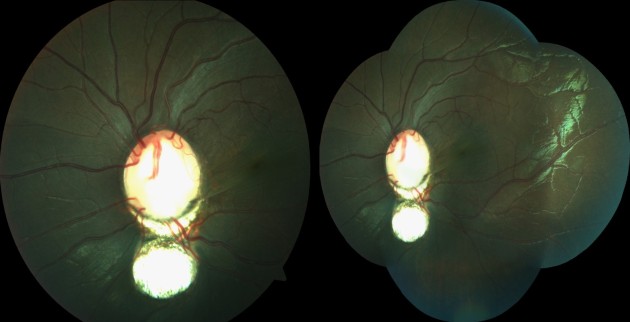 Myopia in Children
Myopia in Children
Myopia in children is a global epidemic. This collection provides a comprehensive literature on this topic.
Image: ‘Optic disc coloboma in left eye of 10 year old female. Left: normal view, Right: montage view’ Anita Ganger, Rohit Saxena, All India Institute of Medical Sciences, New Delhi -
Collection |
 Cochrane Corner at Eye
Cochrane Corner at Eye
Cochrane Eyes and Vision (CEV) is an international network of individuals working to prepare, maintain and promote access to systematic reviews of interventions and diagnostic tests to diagnose, treat or prevent eye diseases or visual impairment (https://eyes.cochrane.org/) . CEV has teamed up with Eye to produce clinical commentaries on selected Cochrane Reviews.
-
Collection |
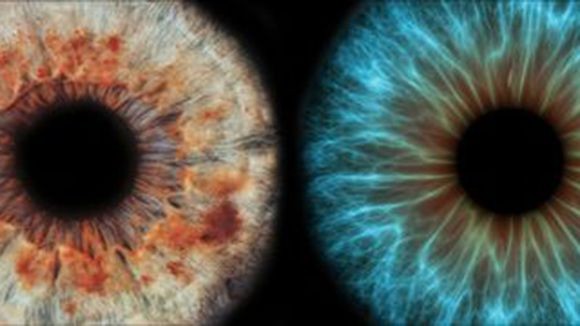 Artificial Intelligence
Artificial Intelligence
Being an image-based and data-rich speciality, the applications of artificial intelligence (AI) in Ophthalmology are abundant. To date, AI has been leveraged to predict, screen, monitor and treat ophthalmic conditions, whilst simultaneously demonstrating potential for improving service efficiency and patient flow. In this collection, we highlight various manuscripts covering artificial intelligence and machine learning, published in Eye.
-
Collection |
 Cataract
Cataract
This collection highlights numerous published manuscripts on cataract that spans from genetics to transformation to cataract pathways precipitated by the COVID-19 pandemic.
Image: ‘Folded Haptics’ Saurabh Deshmukh, Ganesh Ch Kuri, Harsha Bhattacharjee, Krati Gupta Department of Ophthalmology, Sri Sankaradeva Nethralaya, Guwahati, Assam, India -
Collection |
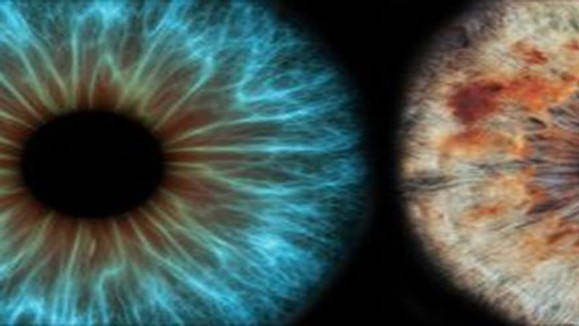 Equity, Diversity and Inclusion: Disparities in Eye Health
Equity, Diversity and Inclusion: Disparities in Eye Health
Finding solutions to disparities in eye health is a global issue that needs urgent attention. In addition to exploring factors associated with impaired access to healthcare in various parts of the world, this collection also highlights several easy-to-implement solutions to reduce some of these barriers. It includes some of the novel strategies that were urgently tested and validated to cope with the aftermath of health service inequity precipitated by the COVID-19 pandemic. The collection emphasizes the need for equality, diversity and inclusion in several aspects in Ophthalmology and is open to receiving more manuscripts on these issues.
Image: Evi Scholz / EyeEm; Science Photo Library - PASIEKA; Emiliano Orsi / EyeEmOpen for submissions -
Collection |
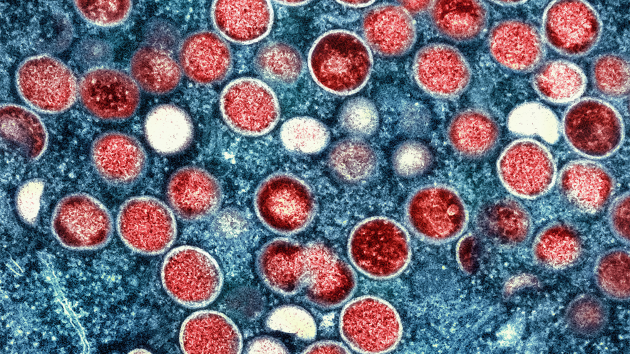 Mpox
Mpox
Following the recent declaration from the World Health Organization that the ongoing monkeypox (now named mpox) outbreak is a Public Health Emergency of International Concern, the editorial teams at Nature Portfolio have curated a collection of relevant articles.
Image: NIAID -
Collection |
 Readers' Choice: 2019-2021
Readers' Choice: 2019-2021
In this Collection we have collated the top read and cited articles from Eye from the past three years. This focus includes a range of articles covering the laboratory and clinical research in ophthalmology, and features original articles, as well as thought-provoking reviews and comment. Read on to see what our readers worldwide have been citing and reading.
-
Collection |
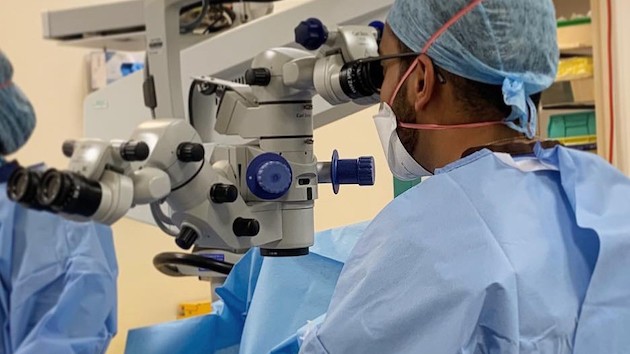 Trainee's Choice
Trainee's Choice
Training in ophthalmology is in a state of flux, with some changes forced through by the COVID-19 pandemic, while others are products of pure innovation. In this collection, a selection of manuscripts is chosen that cover issues pertinent to training, from technical aspects such as managing complications and the ever-increasing prominence of simulation, to non-technical areas such as non-technical skills in theatre, trainee perspectives on the impact of the pandemic, and more generally, on returning to surgical training after an extended break. Equality, diversity and inclusiveness in training are also covered, as are the medico-legal implications of trainee operating; especially relevant in the context of the growing importance of shared decision making.
Image: Vishal Shah -
Collection |
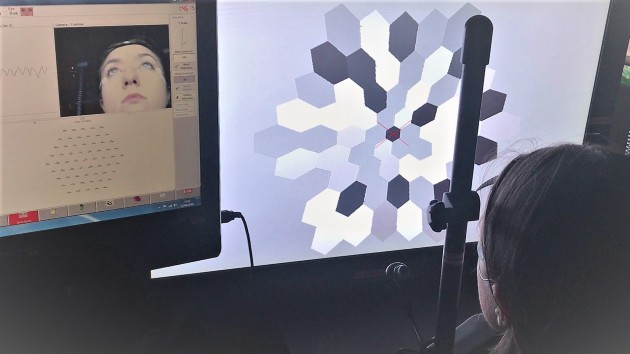 Visual electrophysiology
Visual electrophysiology
Visual electrophysiology provides objective biomarkers of retinal, optic nerve and visual pathway function. This gives a unique insight into clinical and genetic diagnosis and management and supports clinical trials and research. In this collection of reviews, we highlight the important role of visual electrophysiology in clinical ophthalmology.

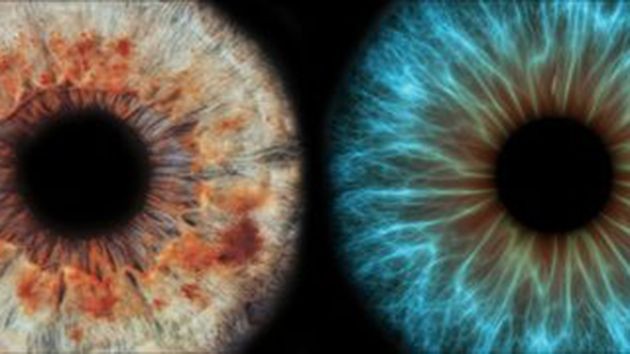 Eye Monthly Readers' Choice
Eye Monthly Readers' Choice